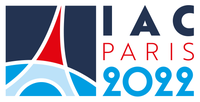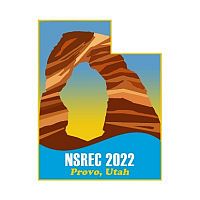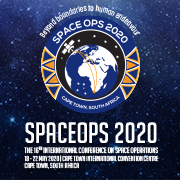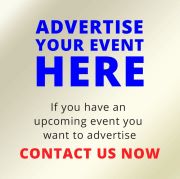›IEEE Nuclear & Space Radiation Effects Conference
The annual IEEE Nuclear and Space Radiation Effects Conference (NSREC) is an international forum for the presentation of research papers related to radiation effects in materials, and electronic devices, circuits, and systems. Papers presented at NSREC are submitted to the IEEE Transactions on Nuclear Science for publication in the December issue.
Radiation effects in the IEEE commenced in the late 1950’s, under the sponsorship of two subcommittees in the American Institute of Electrical Engineers (AIEE), one of the predecessor engineering organizations that merged with the Institute of Radio Engineers (IRE) in 1963 to form the IEEE. From 1958 to 1961, radiation effects sessions were limited to technical symposia and round table discussions held at annual General Meetings of the AIEE.
Solicited technical papers were presented for the first time at the 1962 AIEE Summer General Meeting held in Denver, Colorado. An enlarged Nuclear Radiation Effects Program was included in the 1963 IEEE (AIEE/IRE) Summer General Meeting held in Toronto, Canada. The first independent Nuclear Radiation Effects Conference was held in July 1964, at the University of Washington, and has been held annually every July since then. Commencing in 1975, by tradition, the Conference has been held at a western location for two-thirds of the time and an eastern location every third year.
Since 1980, a one-day tutorial short course has been conducted on the day immediately preceding the conference. The NSREC Short Course Notebook is published each year.
Commencing in 1982, the Hardened Electronics and Radiation Technology (HEART) Conference, sponsored by DoD and DoE, was held at a site near the NSREC and immediately following it. The 1986 HEART Conference was the last to follow this practice.
An Industrial Exhibits was added in 1991 to replace the hospitality suites that several vendors had been holding at prior NSRECs. The Industrial Exhibits have continued to the present growing from 18 exhibitors in 1991 to 57 in 2012.
A Radiation Effects Data Workshop session was added to the conference in 1992. Proceedings from this session are published in the IEEE Radiation Effects Data Workshop Record.
Policy and general planning for the NSREC is developed by the IEEE’s Nuclear and Plasma Sciences Society (NPSS) Radiation Effects Committee, better known as the Radiation Effects Steering Group (RESG). The committee’s chair, executive vice-chair, and secretary are elected for three year terms at the open meeting which is held annually at each conference. Further, one member-at-large is elected each year for a three-year term. Ex-officio members of the committee include the past chair, past, present, and future conference chairs, a publicity chair, a publications chair, the editor of IEEE Transactions on Nuclear Science (special publications assignment), RADECS conference liaison, and members of the NPSS Administrative Committee (AdCom).
The publications chair appoints an editor each year to serve a three year term. In the third year the editor becomes the Guest Editor for the NSREC special December issue of the Transactions on Nuclear Science (TNS). This practice was changed in 2007 when a Senior Editor was given the job of editing all papers on Radiation Effects for NSREC, RADECS and contributed papers to the TNS. The Senior Editor assigns Associate Editors who serve for as long as they are willing. There are usually six Associate Editors.
You can find a detailed historical record of NSREC Conferences up to 2013 in the NSREC Fact Book. This record contains attendance numbers established by the "Conference Chair's" page in the special issue of the Transactions on Nuclear Science up until 1990 when the registration contractor, ETC Services, was hired and started keeping a record of the number of attendees for the technical sessions and the short course. These numbers represent the paid plus compensated attendees. The fact book also contains the number of papers presented, taken from the Conference Chairman’s page in the special issue of TNS and includes the number of oral presentations, poster papers, late news papers and Radiation Effects Data Workshop (REDW) papers when that information was available. Poster papers started in 1975 and the REDW started in 1992.
Tweets by spaceagendaTrack this event on your Apple calendar














 United States
United States